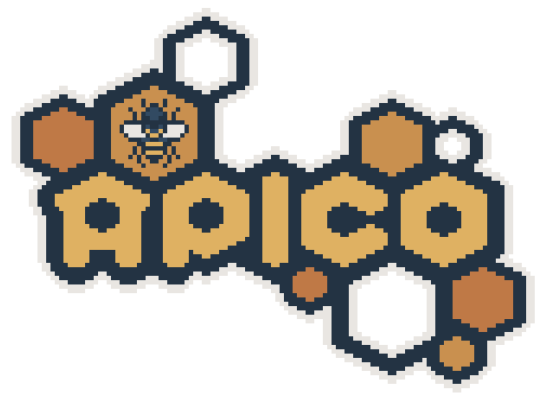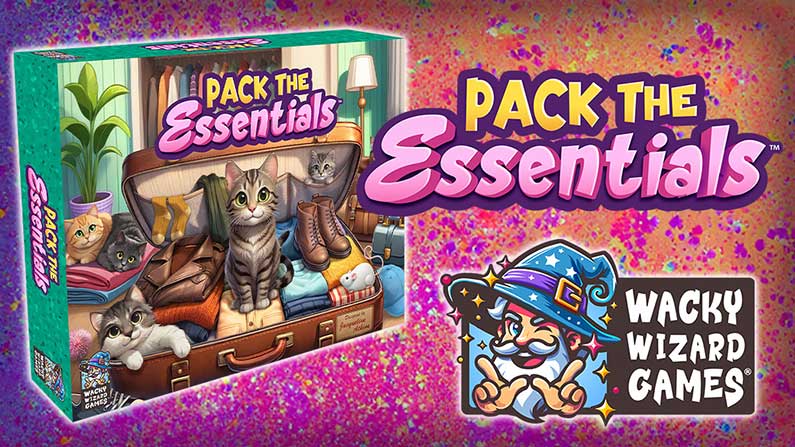
The birds are singing, the sun is shining, and various parts of my body on are strike. Must be spring! Green Mountain Gamers Mega Spring Meltdown event was this past weekend, and so I made the arduous trip up to Lebanon, NH to take part.
As always, I’ll be talking about what I played, and a bit of what I saw. One small thing though first, if you like these write ups, follow me on Twitter and help me change the ratio of human beings to porn bots that follow me for the better.
The Event
Like other Green Mountain Gamers-hosted events, this was a relatively small event. It’s just a bunch of folks in a big room playing games. There are some small raffles, and a few “Play to Win” games, but that’s about it. It’s a nice cozy affair with no real lines or waiting, just games, chatting, and occasionally folks stepping out to get food.
The Games
I got through a pretty decent number of games, given that I showed up about four hours after the event had started. The first one was Parfum, a dice and action drafting game about creating perfume. It was fine, but I got a bit of a runaway lead early on, which did spoil some of the tension going into the latter half of the game. I like the systems, but do wish there was a bit more to do with them.
Parfum was followed up by another dice drafting game: Dice Miner! I generally like Dice Miner, and some day I’ll actually finish my write up on it. But the long and short of it is that I enjoy it, but do wish it had more types of dice to draft. That said, I was glad to show it to a few folks who hadn’t played it before.
What followed were the first of several games of Mottainai that I played throughout the day. Mottainai is very interesting and could be considered a follow up to Glory To Rome. It definitely will receive its own writeup at some point, but perhaps the most interesting about it is how alien it plays. I found I had a lot of success “looking for lethal” as it were, instead of trying to build out a large strategy.
I followed Mottainai with two games that require significantly less long term planning: Trio and Ghost Blitz. Trio is what you would get if someone looked Go Fish, and said, “Okay, but what if we made it good, and fun.” It’s a clever little game about memorization and deduction, and I’ve found that it’s light enough to play with non-gamers.
Ghost Blitz on the other hand is a genre of game I’ve traditionally been quite bad at: quick matching reaction speed. It’s simple enough to explain quickly, so here’s how it works. There are five objects, each a different color, and a deck of cards. Each card has two of the five objects on it, not necessarily the correct color. Whenever a card is flipped up, you need to grab the correctly colored object on the card, or if that doesn’t exist, grab the object not described in any way on the card (e.g. neither its shape nor its color pictured).
I did better at it than I usually do at these sorts of things.
Then there were a few more games of Mottainai, all of which I won fairly quickly, then the last “big” game of the day: Life of the Amazonia.
Life of the Amazonia is a sort of “not a city” builder where you acquire terrain tiles, and place animals on them to score points, doing both of the above via a bag-builder. It’s like a deck-builder, but instead of adding cards to a deck, you add tokens to a bag. It does have one really interesting quirk: you can’t split resource tiles. This had some really interesting effects around which tokens were the best to actually get.
Did I win? No. But was I close? Also no.
Would I have done better if all the rules for scoring points were explained to me before the game started? Probably not, but it’s a convenient crutch to place the blame on for my failure, so let’s go with that.
With that, it was time to clean up, and get out. Big thanks to Green Mountain Gamers for putting these events on, Resonym for prizes, and special shout out to the people who played a single game of Twilight Emperium for 9 hours.












:strip_icc()/pic7034945.jpg)







